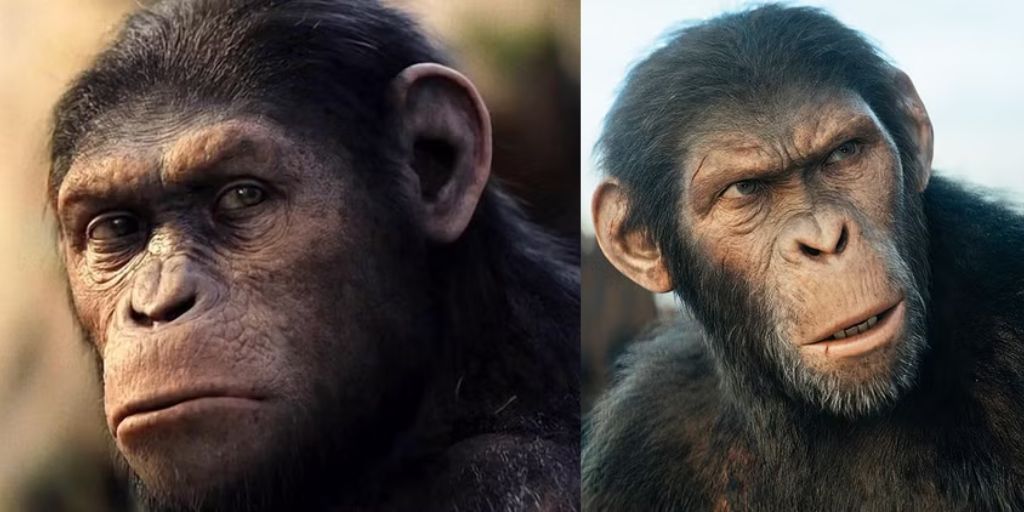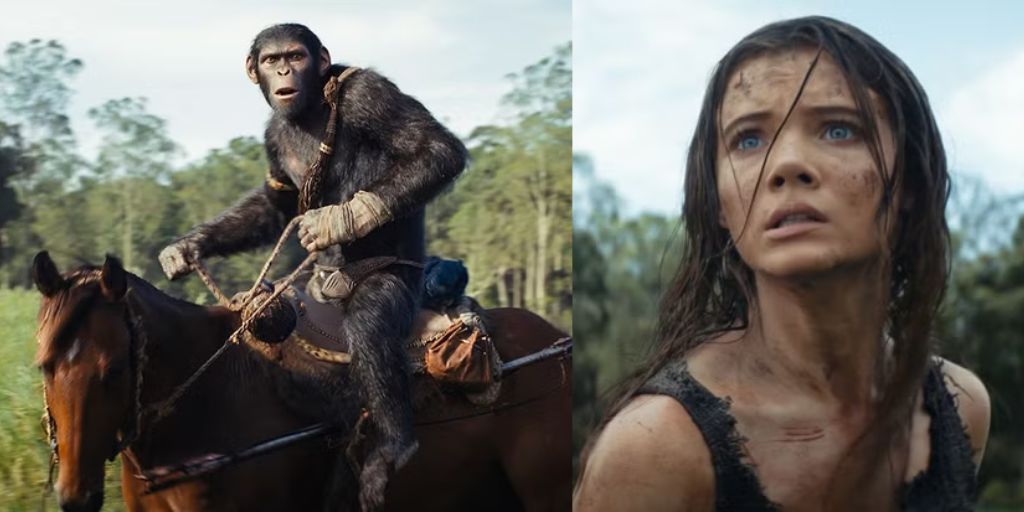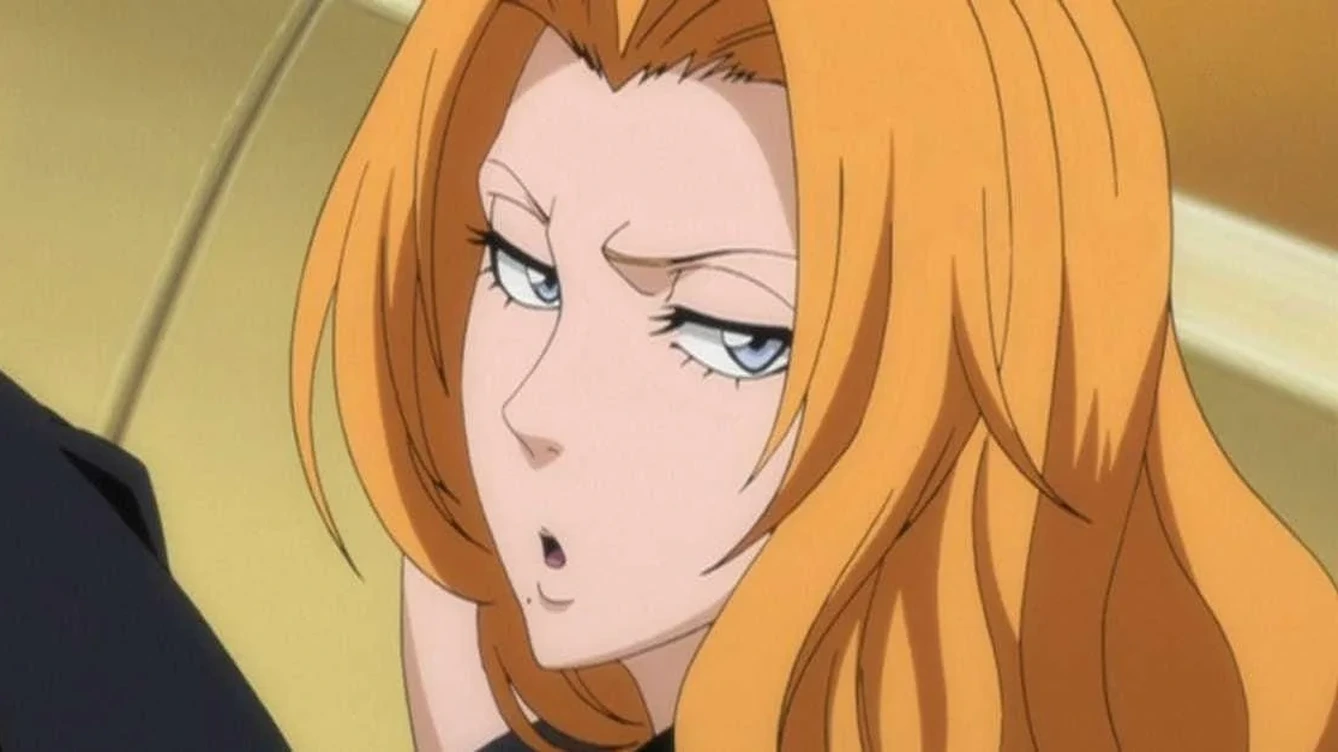The reboot of Planet of the Apes over the past decade has been surprisingly successful. Fans have been excited, waiting to see how the new films will connect to the old ones. With every movie, we get closer to that connection, and Kingdom of the Planet of the Apes takes a huge leap by moving several centuries into the future.
However, even with the changes in technology, the ending of the film reminds us that humans are still a force to be reckoned with. The apes have not yet reached their perfect world, but this is good news for audiences because it means there are many more stories to enjoy before the end of this journey.
Evolution in Planet of the Apes Is About More Than Just Biology
The modern Planet of the Apes trilogy is a prequel to the 1968 movie. Although this is not the first story to show the origins of the apes and their rise to power, it does so in a unique way. The trilogy shows exactly how the apes gained their intelligence in the first place.
Caesar (Andy Serkis), the leader of the apes, plays a big role in starting a revolution in Rise of the Planet of the Apes. This revolution helps the apes escape to Muir Woods, a place not far from human civilization in San Francisco. However, after a difficult battle with local police, the apes are left struggling and isolated, trying to communicate with each other.
In Dawn of the Planet of the Apes, which takes place ten years after the first film, there are noticeable improvements. Caesar and his group have become more like human tribes. They have developed some basic weapons and even learned to ride horses.
The apes also communicate using their own form of sign language, but Caesar and many of the original survivors can still speak broken English. Despite being weakened by the Simian Flu, which has made many of the humans around them sick, humans still have a strong presence.
The apes are only able to defeat humans because of Koba’s (Toby Kebbell) unexpected actions. This theme of the strength of humans is even clearer in War for the Planet of the Apes, when the apes are forced to face off against Colonel (Woody Harrelson).
In this film, the apes’ only chance of survival is to escape when the human forces start fighting among themselves, weakening their own power.
Kingdom of the Planet of the Apes Shows Humans Are Far From Defeated
Kingdom of the Planet of the Apes marks the beginning of a new trilogy and jumps forward many centuries. The apes are closer to what we saw in the original series from the 1960s, with some of them living in more advanced societies, while others still remain primitive.
Noa (Owen Teague) lives with a group of apes that are more primitive and are still learning to speak English fluently. The apes now have a stronger culture, and Rakka (Peter Macon) becomes an important guide for Noa on his journey. Some groups of apes have evolved into what look like ancient civilizations, much like human societies from the past.
For example, King Proximus Caesar (Kevin Durand), with his Roman-style clothing and strong leadership, reminds us of the Roman emperors like Nero and Caligula. Even though these apes have grown in strength, they still fear humans. Mae (Freya Allan), one of the humans they encounter, proves to be a clever and intelligent character, and this challenges the apes’ view of humans.
In the end, the film makes it clear that humans are still a major threat. Despite the temporary alliance between the apes and humans, Noa and Mae both realize that they cannot coexist peacefully.

The final scene shows that many humans have been hiding underground for years, and the destruction of a dam demonstrates how vulnerable the apes are to attack from humans. Mae, who has been captured by the apes, has every reason to be afraid. If the remaining humans are as intelligent as she is, then the apes are facing a dangerous battle.
There Are Still Many Stories to Tell in Planet of the Apes
Kingdom of the Planet of the Apes is just the beginning of a new story, and fans of the original films will notice how the new movie is slowly getting closer to the events of the first film. However, the culture shown in that original film was already much more advanced, like the technology of the 20th century, far beyond what even King Proximus Caesar could achieve in his time.
The original film was also used to reflect on issues of the time, like nuclear weapons. Up until now, the Planet of the Apes movies have mostly been focused on the area of San Francisco, but if the rebooted series is going to lead to the famous twist with the Statue of Liberty, the story might need to spread across the world.
So far, the reboot has been a big success. The films have been able to move forward without the original character Caesar, which leaves director Wes Ball with plenty of room to create new stories. The technology level in the films suggests that there are still many centuries of story left before we reach the famous moments from the original movie.
There is even a possibility that the current trilogy could eventually catch up with the timeline of the original films. However, the world-building in these movies is so rich that there is no rush to finish the story quickly. The filmmakers have many creative ideas to show, and they seem eager to take their time with them.
If the franchise continues to grow in the way it has been, fans can expect many more thrilling stories. Even though it might take some time before the story completes the full circle, the quality of the films so far means that fans can be confident that it will be worth the wait.
Also Read: Kingdom Of The Planet Of The Apes Ending Explained: What Is The Future Of Caesar’s Legacy?





